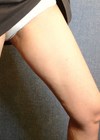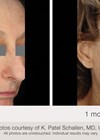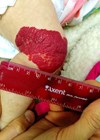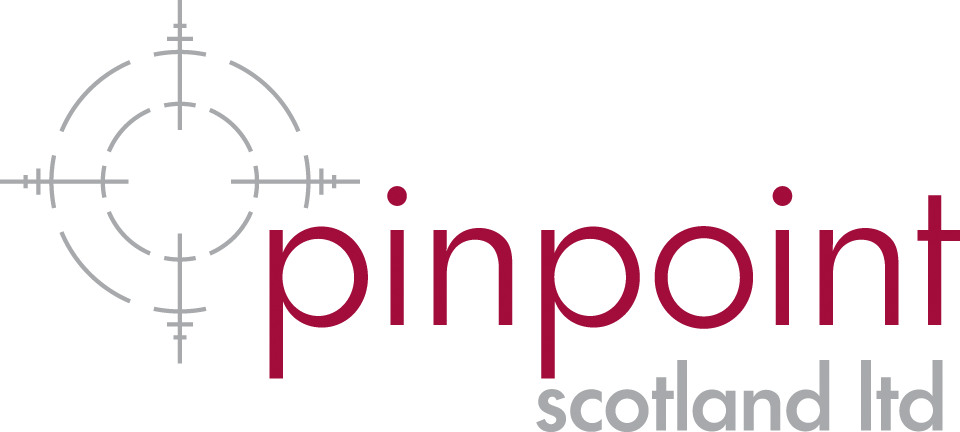Periocular veins are superficial blood vessels located around the eyes, often visible beneath the thin skin of the lower eyelids, temples, and sometimes above the eyes.
These veins typically begin at the bridge of the nose and extend outward, joining venous branches near the temples and scalp. They frequently appear blue, green or purple due to the thinness of the overlying skin, and can become more prominent with age or in individuals with fair skin.
The 1064nm Nd:YAG laser is considered the gold standard for treating most periocular veins because of its deep penetration and selective targeting of haemoglobin within the vessels. The laser’s energy is absorbed by the blood, generating heat that causes the vein to coagulate, collapse, and eventually be reabsorbed by the body. Blood flow is safely redirected through deeper, unaffected vessels, so ocular circulation remains uncompromised.
Below, I summarise my approach to treating lower eyelid periocular veins with Nd:YAG laser, using a recently treated patient as an example case.
Patient selection and preparation
Careful assessment is essential when selecting patients for laser treatment of periocular veins to ensure both safety and optimal results. Suitable candidates are adults with visible blue, green, red or purple veins around the eyes seeking cosmetic improvement. Fitzpatrick skin types I–V can be treated safely with appropriate laser settings, although very dark skin (type VI) may be a contraindication. Patients should not have active local infections, photo-aggravated skin diseases, bleeding disorders, or a history of keloid formation. Other contraindications include pregnancy, certain autoimmune conditions, and the use of photosensitising medications.
Procedure
The procedure began with a thorough assessment and cleansing of the treatment area. Protective eye shields – either external or internal – are essential to safeguard the eyes during the session. Laser settings were chosen based on vein size and skin type. In our case, we used Fotona’s SP Dynamis Nd:YAG laser with the R33 handpiece, a 4mm spot size, 20ms pulse duration, and 120J/cm² fluence.
If the initial treatment was unsuccessful, I would have increased the fluence by 10J/cm² and then, if necessary, adjust the pulse duration by 5ms. Each vein was treated with a single laser pulse at a time, and meticulous cooling was provided between pulses using both ice cubes and air cooling. The session lasted about 45 minutes and was well tolerated, with only minor discomfort reported.

Before.

Before.

After.

After.
Post-treatment care and recovery
Following the procedure, a single application of a local corticosteroid cream was administered. The patient was instructed to avoid rubbing the treated area, applying makeup, or exposing the skin to direct sunlight for at least 24 hours. To protect the healing skin and reduce the risk of pigment changes, the use of sunscreen was recommended.
Any crusting or scabbing that develops should be allowed to fall off naturally to help prevent scarring. Most normal activities can be resumed within a day; however, strenuous exercise and swimming should be avoided for several days to ensure optimal healing.
Results and follow-up
Pre-treatment photographs were taken, and follow-up images were obtained four months later. The patient reported visible improvement as early as four weeks post-treatment. She was not concerned about upper eyelid veins and has not yet opted for treatment in that area.
Nd:YAG laser is a proven and effective treatment for periocular veins, often requiring only a single session for noticeable results.
Declaration of competing interests: Jan Bogataj is an employee of Fotona d.o.o where he runs educational workshops.









